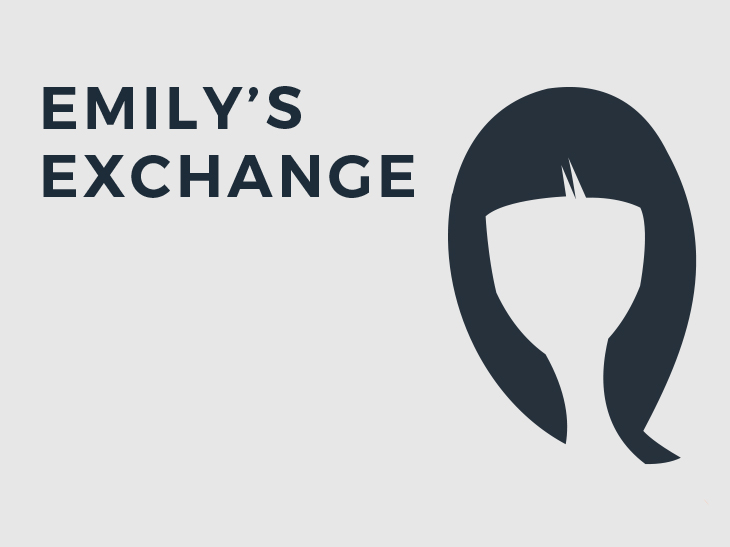The US Treasury yield curve flattened this week to a level not seen since before the financial crisis, which could suggest a recession is on the horizon. As economic and political noise seems to get louder, should the way you invest change?
What is the yield curve?
The Treasury yield curve measures the difference in the return from short and longer-term US government debt. A flattening of the curve could suggest some economic pain could be on the horizon.
Traditionally, the curve lifts upwards as longer-term bonds pay higher interest rates than shorter-term ones. In a typical scenario, you assume an economy will grow in the future and inflation will strengthen. In this instance, you’ll demand a larger return for investing for longer.
However, if economic growth is expected to slow or inflation is set to ease back, longer-term bonds will be become more popular. Demand will push up the price of longer-term bonds, which will shrink the yield (return).
The causes the yield curve to flatten, or even invert – which generally aren’t a good precursor for economic performance.
It’s not just the US treasury yield curve that’s flattening – the returns on UK long-term government debt are reducing, too.
Disconnect on equity markets
The interesting thing is that this is all happening against a complex monetary policy backdrop. The Bank of England has just increased the base rate for the first time in a decade, taking interest rates to 0.5%. This follows in the footsteps of the Federal Reserve, which has been slowly trying to normalise monetary policy for some time.
A rise in interest rates suggests that an economy is strong enough to withstand an increase in the cost of borrowing. Which should, in basic theory, cause the yield curve to lift upwards.
Quantitative easing – when Central Banks create money to buy investments like government bonds – could also be warping the yield curve, as increases in short-term US rates and ECB QE push yield-hungry investors to the US.
A year on from Donald Trump’s victory in the presidential race, most had expected the US yield curve to rise. Unemployment has reached new record lows and economic growth has beaten expectations.
There’s also a disconnect on equity markets, which don’t look like they’re expecting a climb down from their bull run any time soon. In the US, the S&P 500 index is valued over 30 times higher than its average earnings, cyclically adjusted. Its long-term average is just under 17x, taking inflation into account.
A recession can savage corporate profits, so these valuations suggest that the economy will at least support company profits over the next few years.
Yield curve point to a recession?
The current economic backdrop could be partly to blame for these loftier valuations. Investors have been been quite relaxed about risk in recent months, with volatility levels in both equities and fixed income falling to record lows in the US and UK markets.
Low equity volatility can be expected with economic monetary policy still in a supportive mood – investors are relying on Central Banks stepping in with additional stimulus if things get tricky, rightly or wrongly.
The good news is that a flattening yield curve might not be as bad as it first seems. Like all good marriages, equity and bond markets don’t always agree.
Also remember that Central Banks may be distorting the predictive power of the yield curve through their QE programmes.
What does this mean for my investments?
It’s hard to know if the recent flattening of the yield curve is a good signal for the where the economy is headed. But even if economic and political noise seems only to be getting louder, the way you invest your money shouldn’t change.
Manage your exposure to economic risk in your portfolio through diversification. By spreading your money across investments, asset classes, and geographies, you can try to offset losses from one area with profits made elsewhere.
And try to focus on the long-term. Economies are cyclical. As long as you believe in the long-term fundamentals of your investments, ride out any short-term pain so you can reap the rewards a few years down the line. Time is a great healer.





